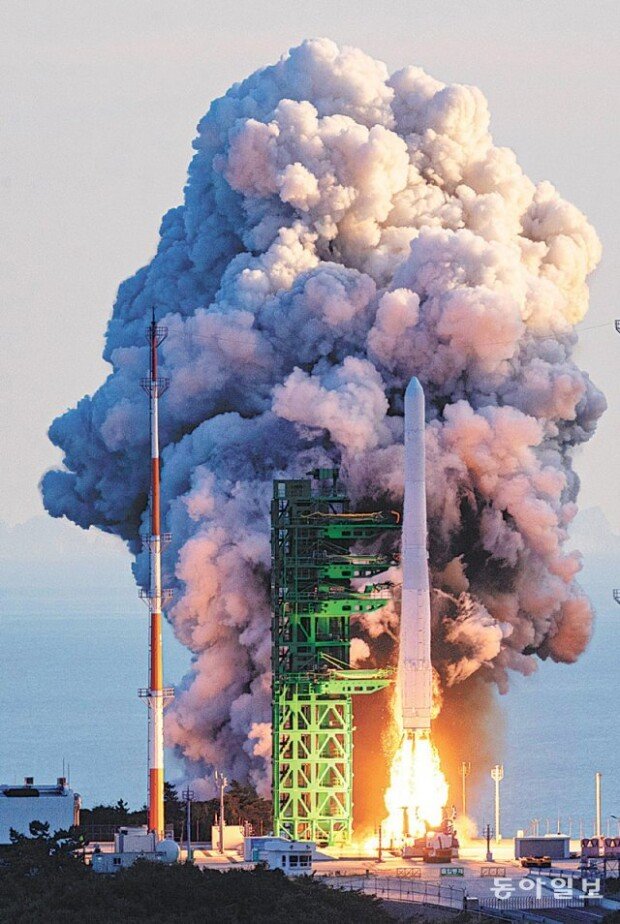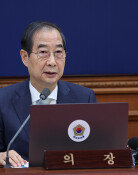Nuri-ho’s failure traces back to loose anchor for helium tank
Nuri-ho’s failure traces back to loose anchor for helium tank
Posted December. 30, 2021 07:42,
Updated December. 30, 2021 07:42

An investigation result confirmed that the failure of South Korea’s first indigenous space rocket Nuri, which was lifted off on Oct. 21, was traced back to a design error. The rocket’s second launch initially scheduled in May 2022 must now be inevitably put off to the second half of 2022.
The Ministry of Science and ICT and the Korea Aerospace Research Institute released an analysis on Wednesday, which investigated the reasons for the failure of the Nuri-ho to put the dummy satellite into orbit in the first launch. The ministry set up a committee consisting of researchers of the KARI and other aerospace experts in late October, which has since been investigating technical matters.
Choi Hwan-seok, the head of the committee, said that the degree of buoyancy increase during flight was insufficiently considered when designing the fixture for Nuri’s helium tank attached to the oxidizer tank of the rocket’s third-stage engine. The fixture was designed on the basis of the surface level, and it led to the detachment of the helium tank during flight. The detached helium tank wobbled to cause a leakage, leading to a crack in the oxidizer tank and eventually turning off of the third-stage engine earlier than it should have been.
bios@donga.com
Headline News
- Internal rebellion investigation transferred to Public Prosecutor's Office
- Gov’t to approve Yongin Semiconductor National Industrial Complex
- US conservatives rally around Trump’s third term
- Lee Hyo-song named youngest Rookie of the Year in JLPGA history
- Controversy escalates over the appointment of Constitutional Court justices







